According to the functional sector of Mang Thit district, the highest salinity level up to now is lower than the same period, but the locality and people are still not negligent, not subjective, but still resolutely implementing measures to respond to drought and salinity to protect production and daily life.
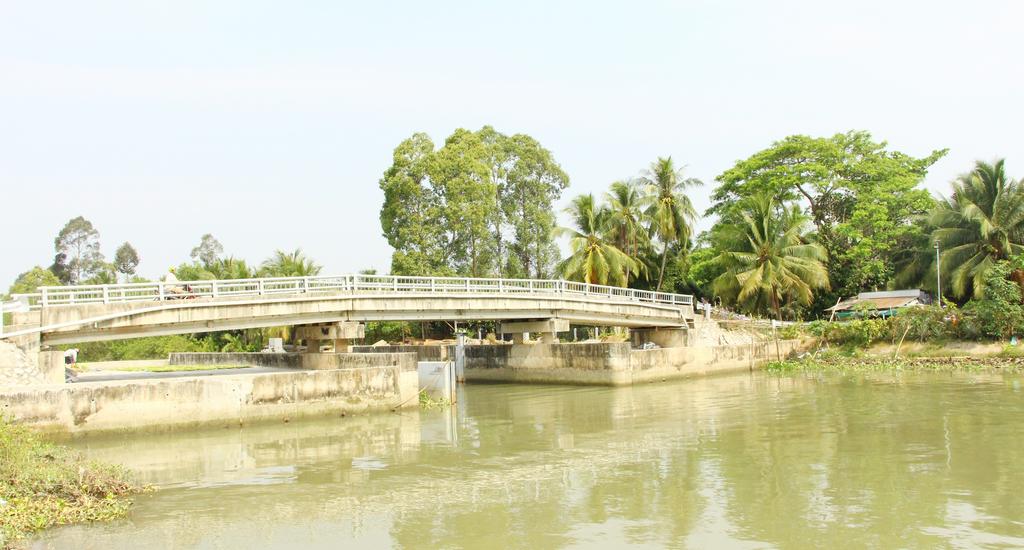 |
| The Ruot Ngua hatchery will be closed to prevent salt from storing fresh water when the salinity level rises. |
Saltiness is abnormal, no longer following the rules
In Mang Thit district, which has two sides bordering large rivers, the Co Chien River and the Mang River, in previous years, the district was also affected by saltwater intrusion. Specifically, in the dry season of 2019-2020, saltwater appeared early, penetrated deeply, and the salinity rose to a historic high in the first months of the dry season and lasted for a long time, affecting agricultural production and people's lives.
Learning from the experience of the 2019-2020 saltwater intrusion, in recent years, to prevent saltwater intrusion, the functional sectors and localities of Mang Thit district have strengthened construction measures, well operated irrigation works to prevent saltwater intrusion, store fresh water, and increased propaganda to raise people's awareness in responding to drought and salinity.
In Chanh An commune - the locality with the highest salinity in the district, right from the beginning of the dry season, the functional sector, local authorities and people in the commune have paid attention and proactively implemented drought and salinity prevention work.
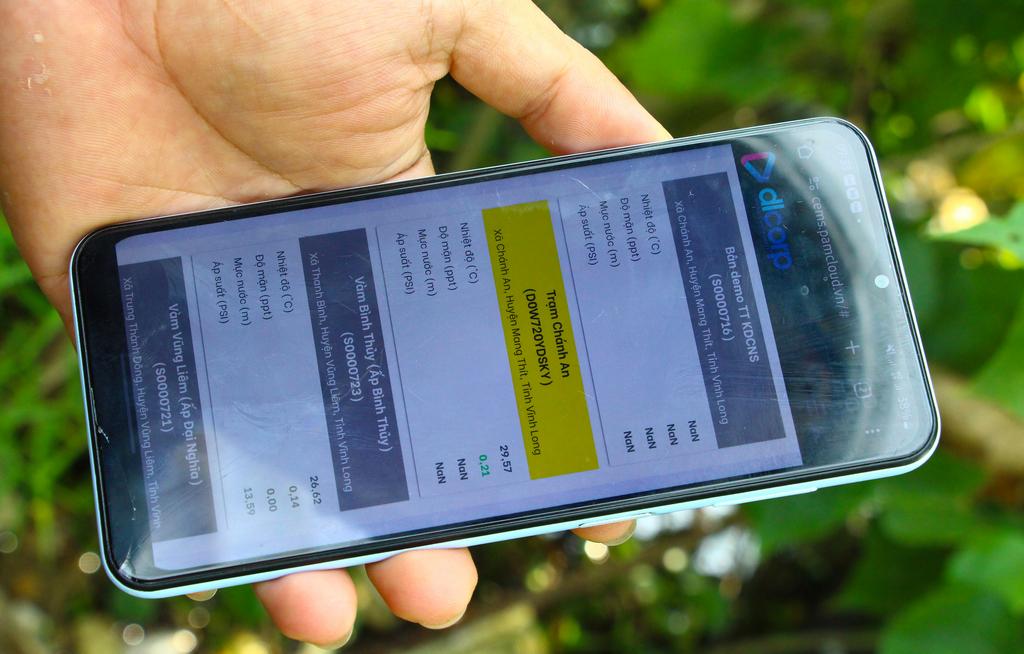 |
| Chanh An commune regularly updates salinity levels to inform people. |
Having grown durian for more than 5 years, Ms. Bui Thi Sang (Tan An Hamlet, Chanh An Commune) said: “During the 2019-2020 salinity period, due to the sudden increase in salinity, I was caught off guard and suffered a lot of damage to my durian garden. Since then, I have learned from experience and every time the dry season begins, when there is a warning from the authorities, I check the salinity. Living near a large river, I have to be proactive, and I am also ready to live with the drought and salinity, so I am not as careless as before. I have dug ditches in the garden to store fresh water, and at the same time, I have used the previous fish pond to store fresh water. When I see a warning in the hamlet's Zalo group, the salinity rises, I immediately measure the salinity in the garden, below 0.3‰ I water the plants, and if the salinity is higher, I cover the pots and water with stored fresh water. Thanks to that, my durian garden is still safe and is preparing to harvest.”
Mr. Le Minh Tu - Vice Chairman of the Farmers' Association of Chanh An commune said: At the beginning of the flood, when the salinity has just begun to rise, the commune will check the salinity at the monitoring station through the app and measure the salinity with a machine to verify. When the salinity reaches 0.3‰, the commune will notify via the smart speaker system, the community Zalo group of 620 members inside and outside the commune and 7 Zalo groups of 7 hamlets so that people can promptly grasp the information. In addition, the Farmers' Association also informs the Executive Committee to inform households that do not have access to technology to respond promptly.
According to Mr. Tu, in previous years, salinity increased according to the rule, increasing with the tide, combined with the wind. However, in recent years, salinity has not increased according to the rule, but suddenly, increasing with the wind, or sometimes both with the tide and the wind. Therefore, the locality has gradually grasped the rule so as not to be passive like in previous years.
“In the commune, the main crop is durian - a tree that is very sensitive to salinity, so people are always proactive in taking measures to prevent saltwater intrusion and protect this valuable fruit garden. It is forecasted that in the coming days, the salinity will increase, so the commune has increased propaganda to the people of 7 hamlets to store fresh water, reinforce dykes, close sluices, etc. Accordingly, the commune's dyke system is also basically closed, including 2 closed sluice systems: Ruot Ngua 1 sluice and Ruot Ngua 2 sluice. When the salinity increases beyond the allowable level, these 2 sluices will be closed to prevent saltwater intrusion and store fresh water,” said Mr. Tu.
Proactive response, ensuring safety in production
According to the Department of Agriculture and Environment of Mang Thit district, in recent times, the Steering Committee for Natural Disaster Prevention and Search and Rescue of communes and towns has continued to carry out propaganda work well to raise awareness of how to prevent and combat drought and salinity, adapt to climate change and respond to risks caused by natural disasters through many forms such as: relaying via radio waves at wireless loudspeaker clusters; through meetings of association branches, messaging systems via Zalo, social networks, etc.
From there, creating a more correct awareness for people and the community in the work of preventing and responding to natural disasters, contributing to ensuring production for people in the district.
In 2024, the district implemented 18 projects from the source of irrigation fee exemption compensation, rice land development fund, budget reserve capital and provincial disaster prevention and control fund with a total length of over 21.2km, costing over 8.8 billion VND, completed and put into use by the end of 2024.
Specifically, some projects include: dredging and embankment construction of the irrigation canal in Phu Thanh A hamlet (Nhon Phu commune), repairing the eroded section of the Co Chien riverbank (Chanh An commune), repairing and reinforcing the eroded section of the Cai Nua riverbank (Long My commune), reinforcing and urgently repairing the eroded section of the Chanh Thuan riverbank (Cai Nhum town)...
 |
| People always proactively take solutions to prevent saltwater intrusion and protect fruit gardens. |
Mr. Ho Phuoc Du - Deputy Head of the Department of Agriculture and Environment of Mang Thit district said: The whole district currently has 3 monitoring stations located in My An commune, Cai Nhum town and Chanh An commune, measuring salinity daily, when the salinity rises, people will be notified for timely response.
The district's dike system has been basically closed, and the Mang River dike has been put into use, helping people feel more secure. Along with the measures taken by the authorities, people have also raised their awareness in preventing drought and salinity, equipped themselves with salinity meters, and reinforced the dikes to protect production.
"Up to now, thanks to the good implementation of structural and non-structural measures, the district has not recorded any damage caused by drought and salinity," Mr. Du added.
In 2025, to cope with drought and salinity, the district will continue to coordinate with local authorities to inspect the irrigation system and promptly implement remedial measures to minimize damage to the people. Accordingly, the district also plans to implement 14 inland irrigation projects and dredge canals to store fresh water in the fields when salinity levels rise. It is expected that the projects will be put into use in 2025 to protect more than 1,000 hectares of production area.
According to the National Center for Hydro-Meteorological Forecasting, saline intrusion in the Mekong Delta in the 2024-2025 dry season will be higher than the average of many years, but not as severe as the 2015-2016 and 2019-2020 dry seasons. Saltwater intrusion trend from March 21-31: Saltwater intrusion in the Mekong Delta gradually decreased and increased again at the end of the week. The highest salinity at the stations was lower than the highest salinity in March 2024, except for some stations in Ben Tre and Tra Vinh with higher salinity. The functional sector recommends that the saline intrusion situation in the Mekong Delta depends on water sources from the upper Mekong River, high tides and will fluctuate in the coming time. Localities in the Mekong Delta need to promptly update hydrometeorological forecast information and take proactive measures to prevent saline intrusion. |
Article and photos: THAO LY
Source: https://baovinhlong.com.vn/tin-moi/202503/chu-dong-ung-pho-khong-lo-la-voi-han-man-d9b1476/


![[Photo] Unique folk games at Chuong Village Festival](https://vstatic.vietnam.vn/vietnam/resource/IMAGE/2025/4/10/cff805a06fdd443b9474c017f98075a4)



![[Photo] Prime Minister Pham Minh Chinh chairs meeting to discuss tax solutions for Vietnam's import and export goods](https://vstatic.vietnam.vn/vietnam/resource/IMAGE/2025/4/10/19b9ed81ca2940b79fb8a0b9ccef539a)
![[Photo] Phuc Tho mulberry season – Sweet fruit from green agriculture](https://vstatic.vietnam.vn/vietnam/resource/IMAGE/2025/4/10/1710a51d63c84a5a92de1b9b4caaf3e5)
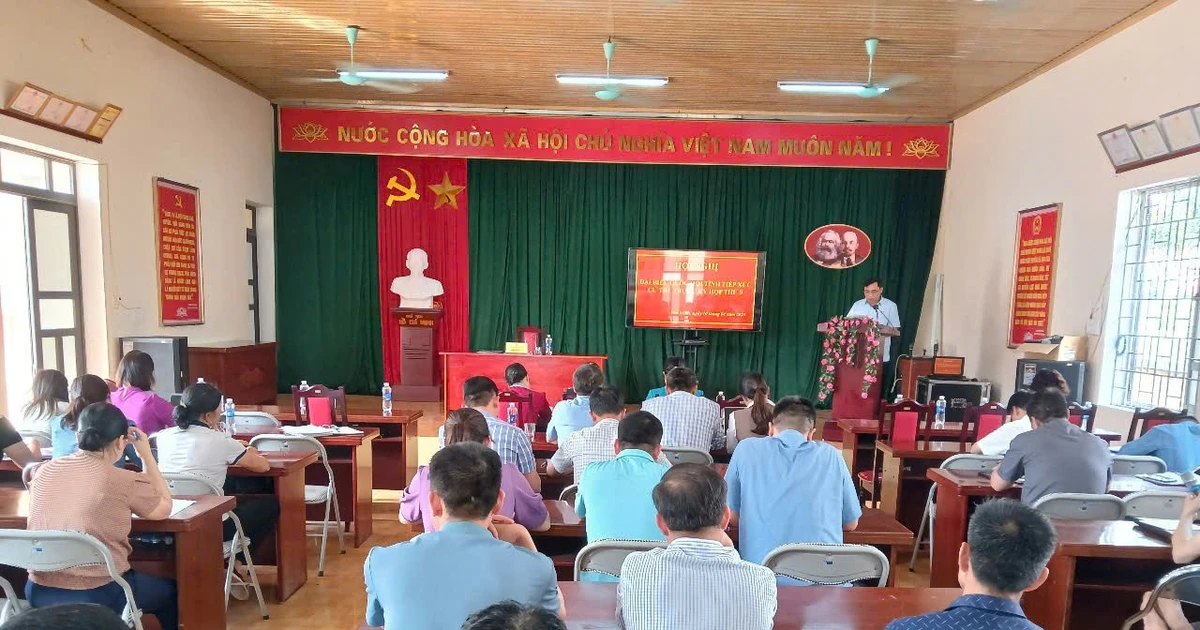



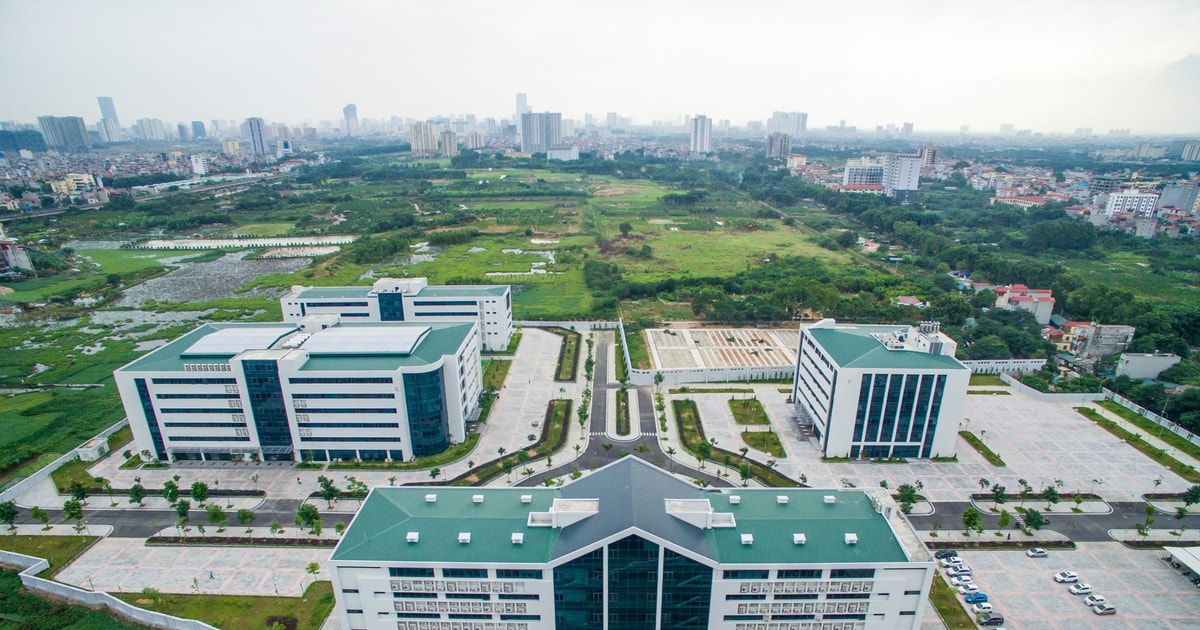







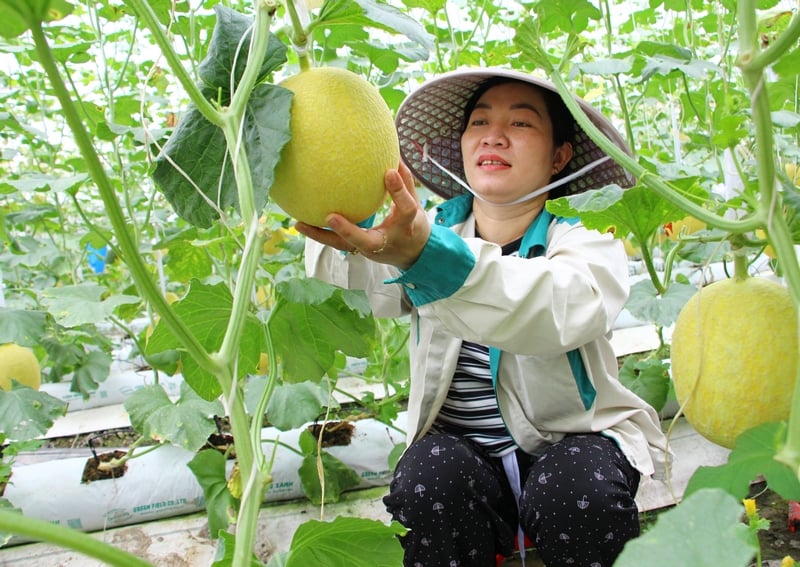
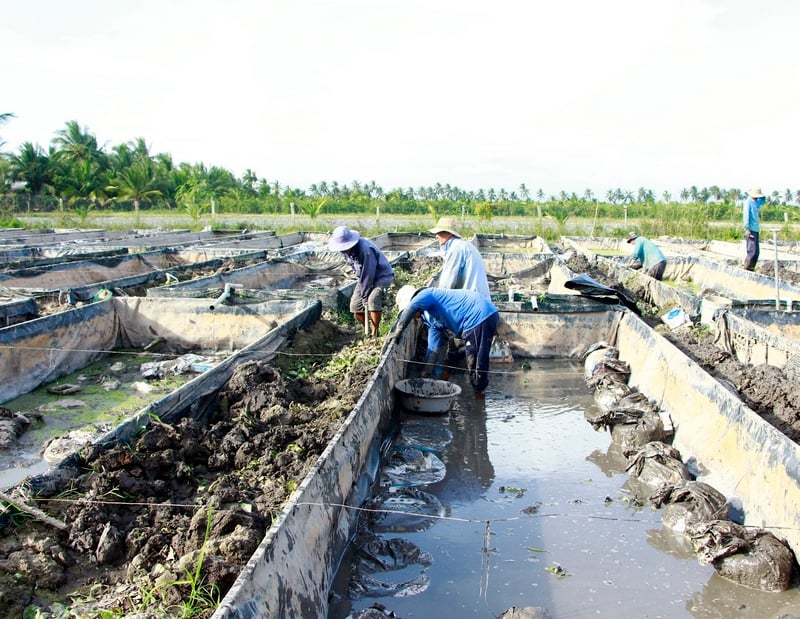
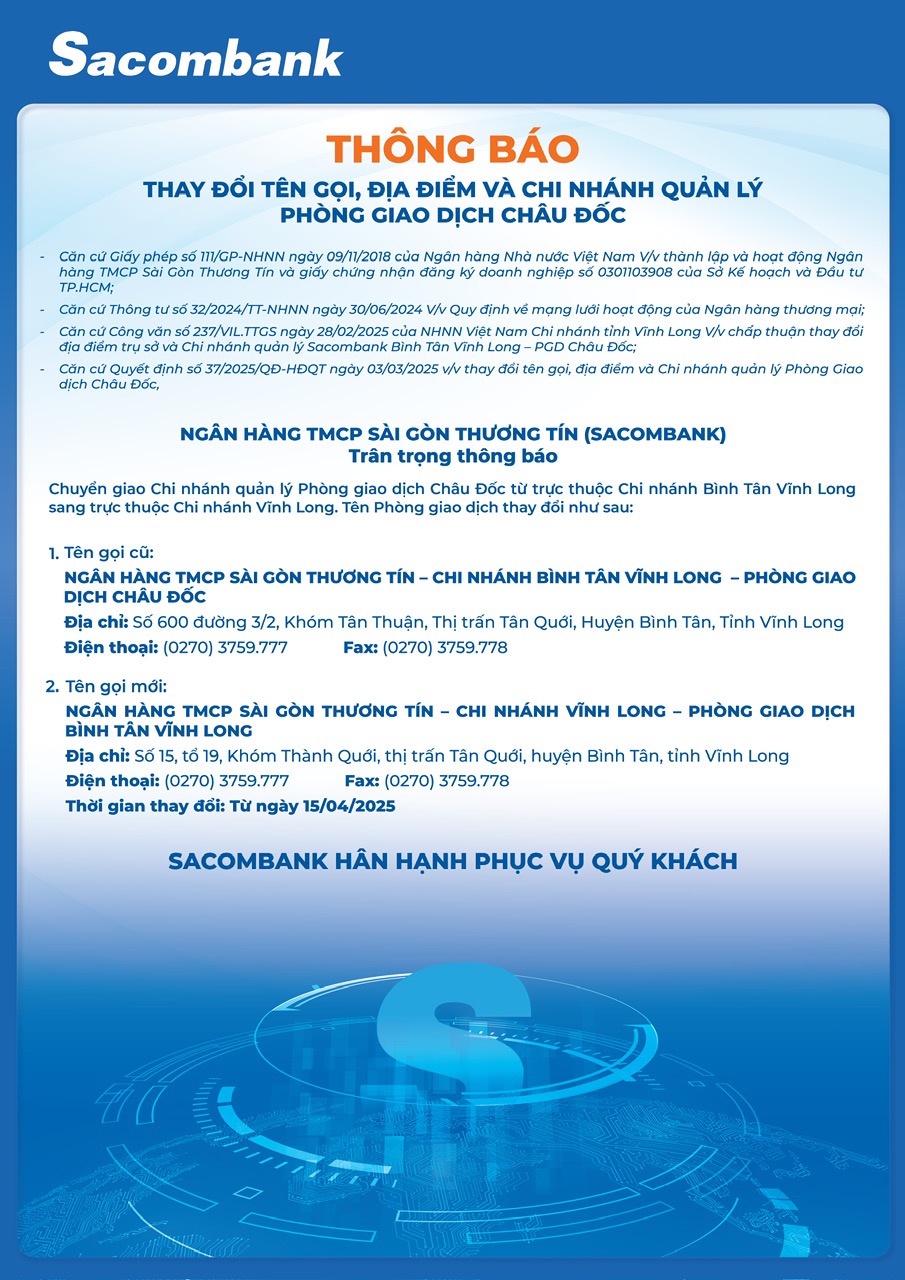




















































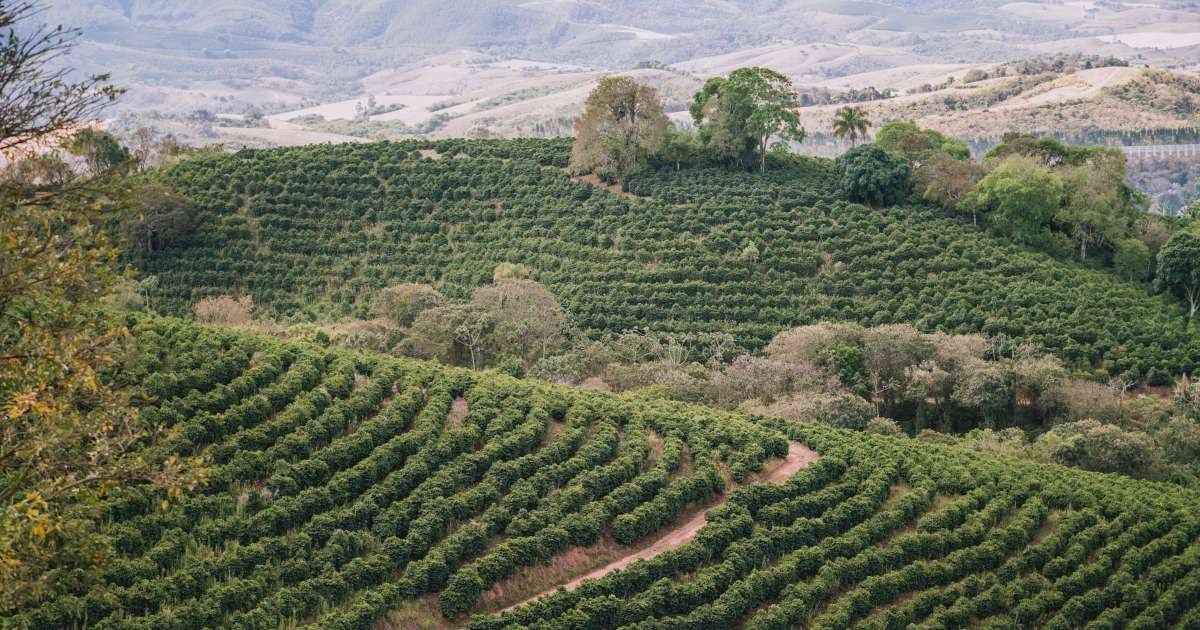

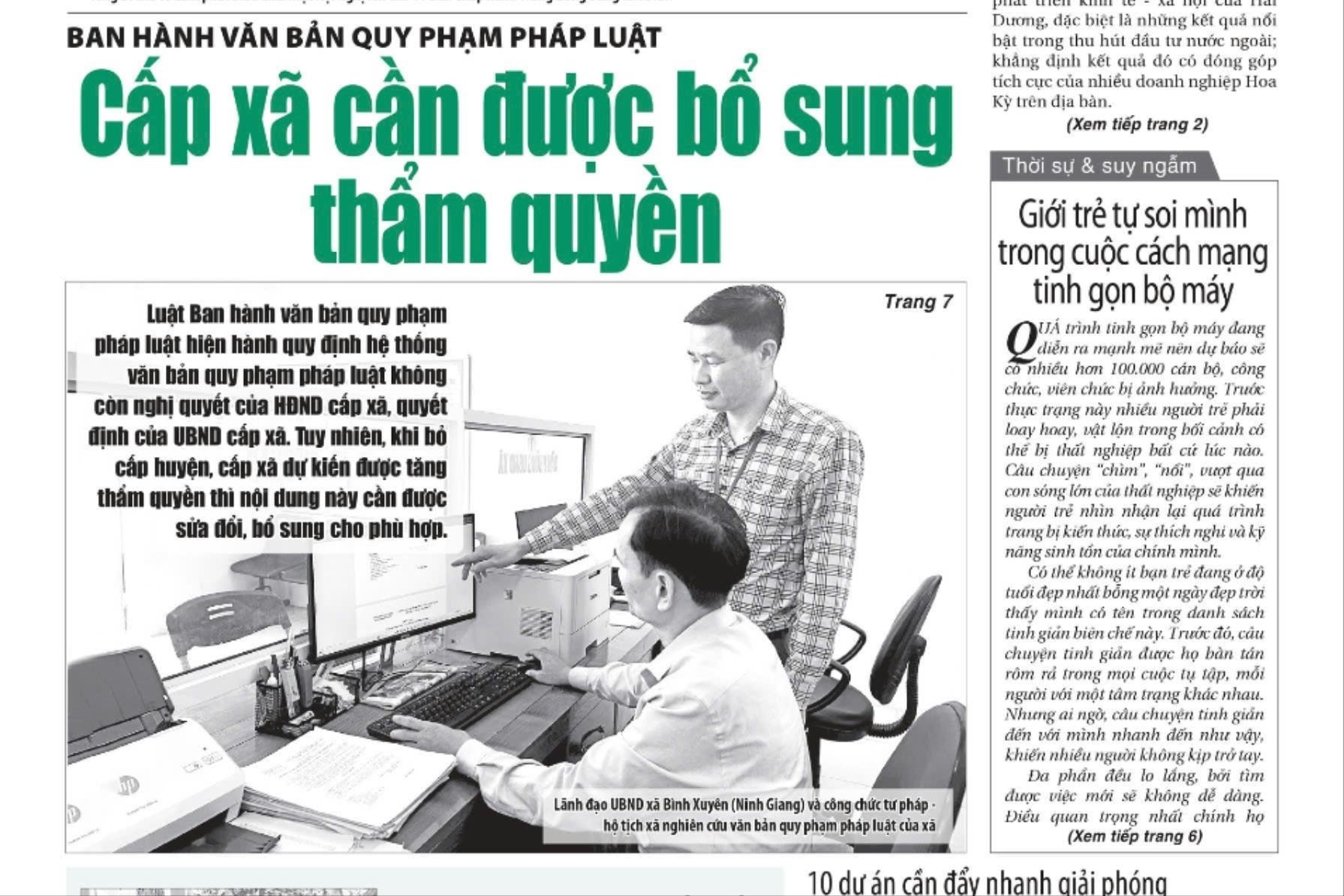
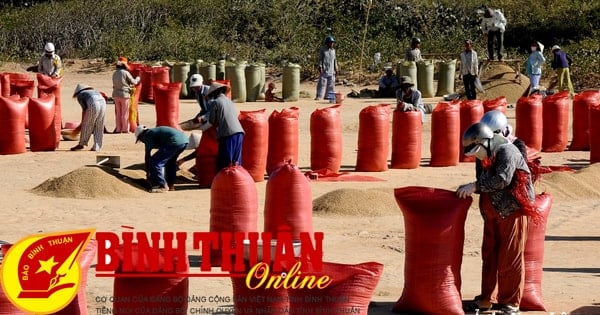









Comment (0)